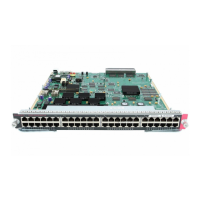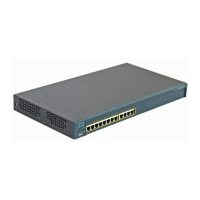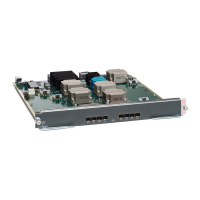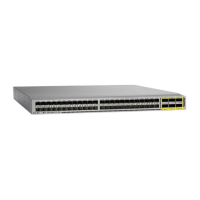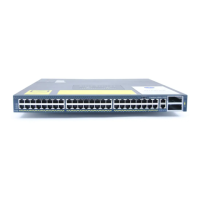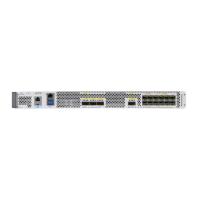3-11
Cisco TrustSec Configuration Guide
OL-22192-02
Chapter 3 Configuring Identities, Connections, and SGTs
Manually Configuring a Device SGT
Peer identity: "unknown"
Peer's advertised capabilities: ""
Authorization Status: NOT APPLICABLE
SAP Status: NOT APPLICABLE
Propagate SGT: Enabled
Cache Info:
Expiration : N/A
Cache applied to link : NONE
Statistics:
authc success: 0
authc reject: 0
authc failure: 0
authc no response: 0
authc logoff: 0
sap success: 0
sap fail: 0
authz success: 0
authz fail: 0
port auth fail: 0
L3 IPM: disabled.
Manually Configuring a Device SGT
In normal Cisco TrustSec operation, the authentication server assigns an SGT to the device for packets
originating from the device. You can manually configure an SGT to be used if the authentication server
is not accessible, but an authentication server-assigned SGT will take precedence over a
manually-assigned SGT.
To manually configure an SGT on the device, perform this task:
Detailed Steps for Catalyst 6500, 3850, 3750-X
Configuration Examples for Manually Configuring a Device SGT
Catalyst 6500, Catalyst 3850, and Catalyst 3750-X:
Switch# configure terminal
Switch(config)# cts sgt 1234
Switch(config)# exit
Command Purpose
Step 1
Switch# configure terminal
Enters global configuration mode.
Step 2
Switch(config)# cts sgt tag
Configures the SGT for packets sent from the device.
The tag argument is in decimal format. The range is 1
to 65533.
Step 3
Switch(config)# exit
Exits configuration mode.
